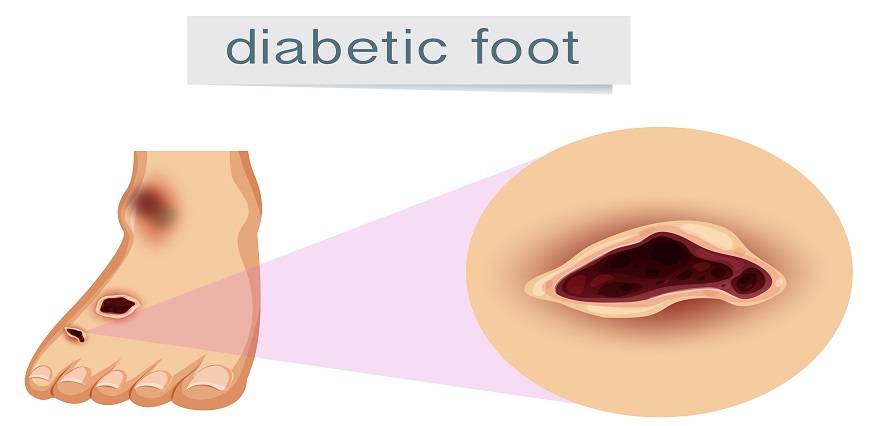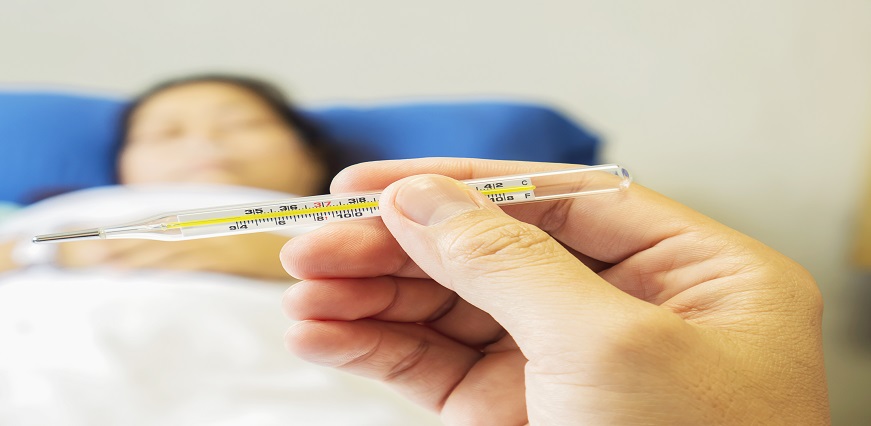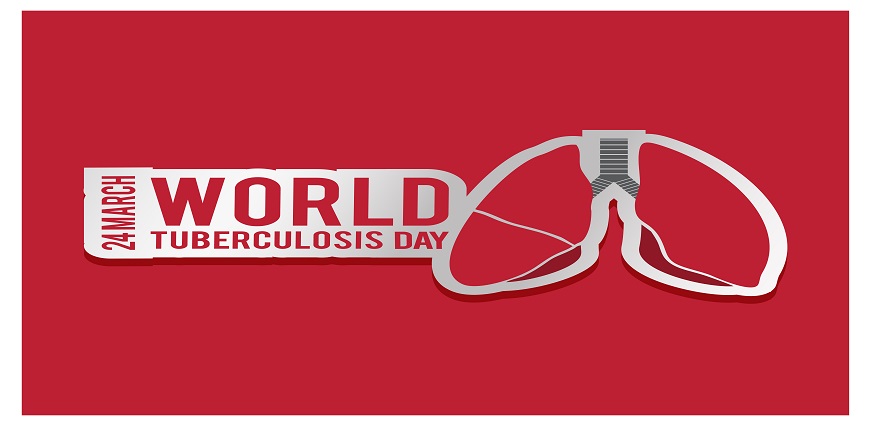





No lab centers are available in this city

Max Lab
Nov 08, 2024
Diabetic foot ulcers are a serious concern for those living with diabetes. These sores can develop on the feet due to nerve damage and poor circulation, leading to complications if not managed properly. Picture this: you're enjoying a walk when suddenly you notice an unusual sore or blister that wasn't there before. In the world of diabetes, such occurrences could signal the beginning of something more significant if left unchecked.
Diabetic foot ulcers stem from various underlying issues related to diabetes. High blood sugar levels lead to nerve damage, reducing sensation in the feet. This diminished feeling makes it easy for wounds or blisters to go unnoticed until they escalate.
Poor circulation is another major factor. When blood flow decreases, healing becomes slower and more challenging. Infections can develop quickly in these conditions.
Additionally, the presence of calluses can create pressure points on the feet. These areas are prone to breakdown and may eventually turn into ulcers if not monitored closely.
Diabetic foot ulcers can progress through various stages, each presenting distinct symptoms. Early-stage diabetic foot ulcer signs often include redness and swelling around the affected area. Patients may notice a small sore or blister that doesn’t seem to heal.
As the condition advances, the wound may deepen and change in color. Pus might develop, indicating an infection. Pain levels can vary; some individuals experience discomfort while others feel little to no pain due to nerve damage.
In more severe cases, you might observe changes in skin texture or temperature around the ulcer.
Preventing diabetic foot ulcers is essential for maintaining overall health. Regularly inspect your feet for any signs of injury, blisters, or redness. Early detection can make a significant difference.
Proper footwear is crucial. Choose shoes that fit well and provide adequate support. Avoid tight-fitting styles that could cause friction or pressure points.
Daily hygiene routines are vital too. Wash your feet gently with soap and water, then dry them thoroughly—pay special attention to the spaces between your toes.
Moisturizing can help maintain skin integrity but avoid applying lotion between the toes to prevent fungal infections.
Monitoring blood sugar levels contributes significantly to prevention efforts as high glucose can lead to nerve damage and circulation issues in the feet.
When addressing diabetic foot ulcers, timely intervention is crucial. Treatment typically begins with thorough cleaning of the ulcer to prevent infection. This may involve a gentle wash and debridement, which removes dead tissue.
Antibiotics are often prescribed if there's evidence of an infection. Keeping pressure off the affected area is essential; specialized footwear or braces can help facilitate this.
Advanced therapies might include negative pressure wound therapy, promoting healing by drawing fluid away from the ulcer. In some cases, skin grafts or biological dressings may be used to support regeneration.
Making small lifestyle changes can significantly impact managing diabetic foot ulcers. First, maintain a balanced diet rich in whole grains, lean proteins, and plenty of fruits and vegetables. This supports overall health and helps regulate blood sugar levels.
Regular exercise is also crucial. Aim for activities that improve circulation without putting too much stress on your feet, such as swimming or cycling.
Foot hygiene plays an essential role; wash your feet daily with mild soap and water. Always dry them thoroughly, especially between the toes.
Don’t forget to wear comfortable shoes that fit well. Avoid tight footwear to reduce pressure points that could lead to injuries or ulcers.
Proper foot care is crucial for individuals with diabetes. High blood sugar levels can lead to nerve damage and poor circulation, making feet more susceptible to injuries. A minor cut or blister can quickly escalate into a serious issue if not monitored.
Daily inspections of the feet are essential. Look for any signs of redness, swelling, or sores that may indicate problems. Early detection allows for timely intervention, reducing the risk of complications like infections or ulcers.
Wearing well-fitting shoes also plays a vital role in prevention. Shoes should provide adequate support without causing friction. Avoid walking barefoot to protect your feet from potential hazards.
Moisturizing regularly helps maintain skin integrity while avoiding excessive moisture between toes, which can encourage fungal infections. Prioritizing foot hygiene and care lays the foundation for healthier living as a diabetic.
Diabetic foot ulcers can pose serious risks for individuals living with diabetes. Understanding the causes, symptoms, and stages is crucial in managing this condition effectively. Early recognition of diabetic foot ulcer symptoms can lead to better outcomes and prevent complications.

















Sign up takes less than 60 secs and gives you access to your offers, orders and lab tests.
Looks like you are not registered with us. Please Sign up to proceed
OTP will be sent to this number by SMS
We have successfully received your details. One of the agents will call you back soon.
 To reach our help desk call 9213188888
To reach our help desk call 9213188888
No Lab Centers are available in this city
Looks like you are not registered with us. Please Sign up to proceed
OTP will be sent to this number by SMS
Not Registered Yet? Signup now.Looks like you are not registered with us. Please Sign up to proceed





 7982100200
7982100200.png)
Comments